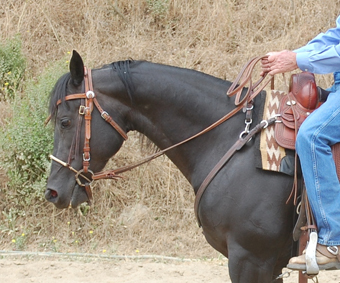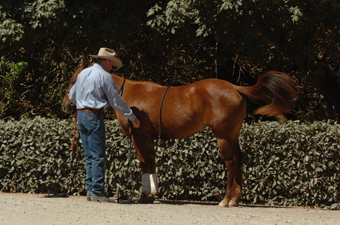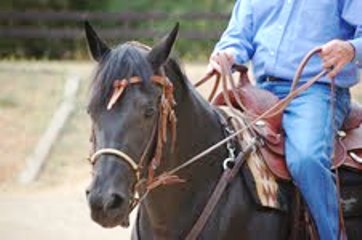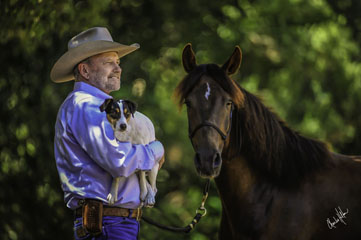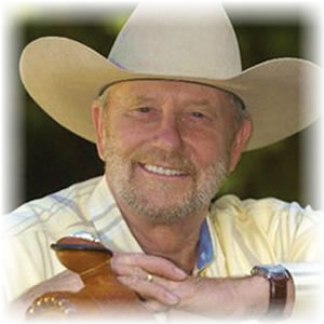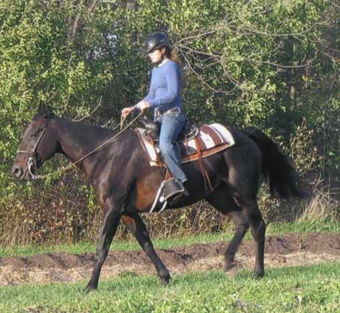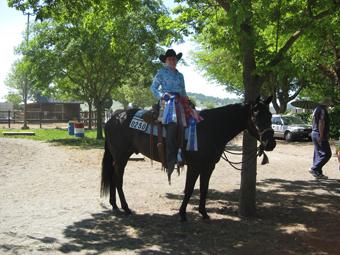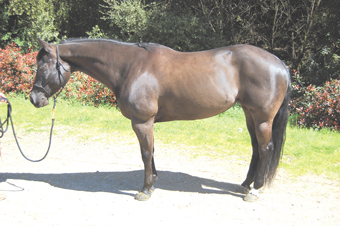Use Of The Seat And Leg Aids
The leg and seat aids are what I call body aids. They work with the reins in communication with the horse. As riders, we want to be balanced on our horses, what I call balanced riders. We want to ride in the center of the horse and we want to stay perpendicular from our ears to our heels. We can shift our weight back to communicate with our horse that we want a change. I am not talking about leaning way back but just moving the shoulders back about one or two inches.
Read More
